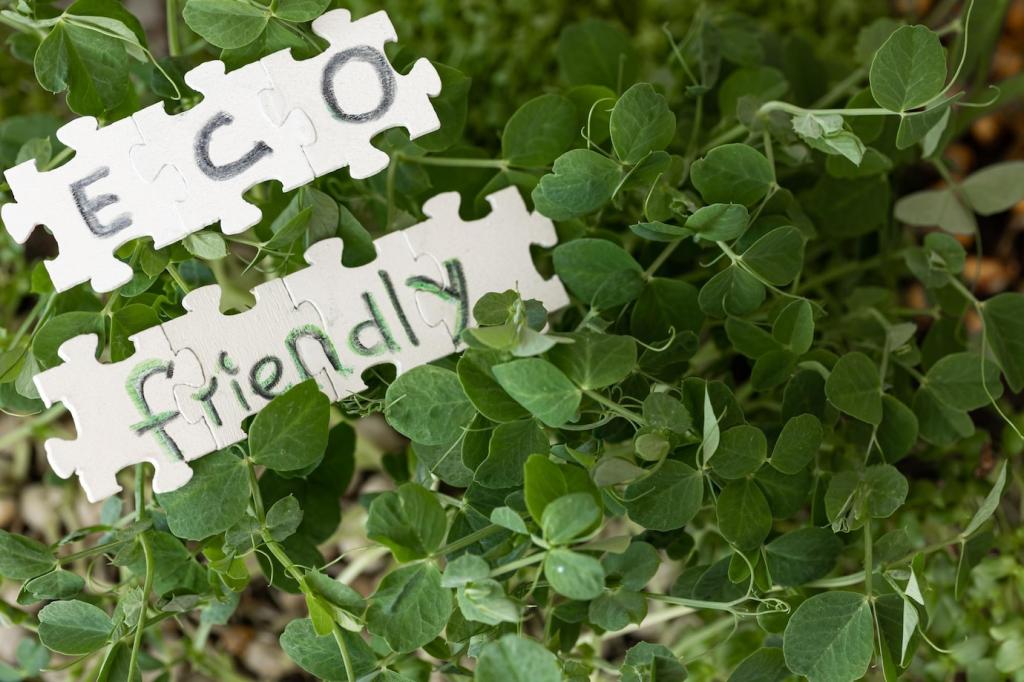Biodiversity on the Brink
Drought-tolerant oaks and pines may outlast shallow-rooted species. Seedlings often suffer most, shrinking future forests. Over time, community composition shifts, with drought-adapted traits—deep roots, waxy leaves, conservative growth—becoming the new survival playbook.
Biodiversity on the Brink
Stressed trees emit chemical signals that can attract bark beetles. Weakened defenses invite outbreaks, compounding drought damage. Fungi and pathogens also find opportunities, turning scattered stress into landscape-scale mortality if dry conditions persist long enough.











